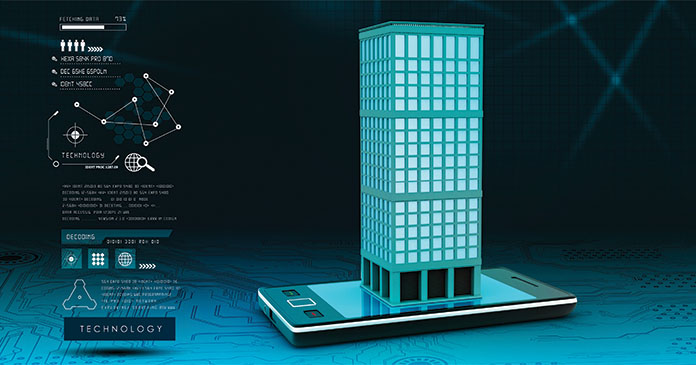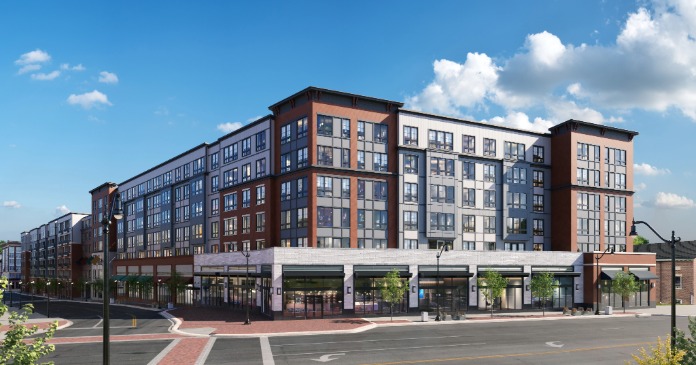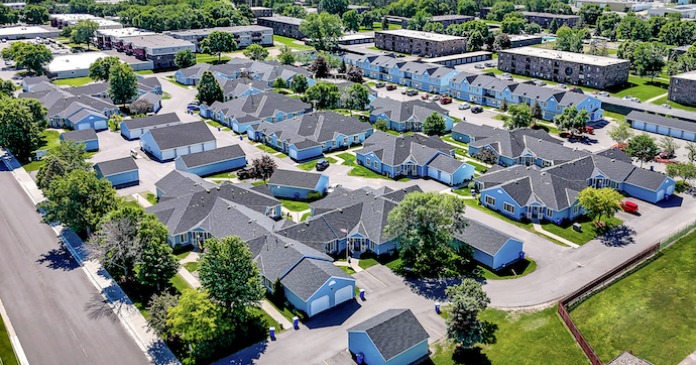Proptech, or property technology, has been around since the 1980s. But, many people have only heard of the term proptech within the last five years. Why? Because these tech innovations have really just began to streamline traditional processes in real estate and solve a wide array of pain points.
In 2019, funding for proptech companies rose 65 percent, from $5.4 billion to $8.9 billion. In 2020, a new survey found that the pandemic sped up the adoption of digital technologies and moved industries forward several years.
It’s safe to say proptech has gained momentum in the past few years, and it’s not slowing down. I’ve seen this firsthand as the CEO of a platform that offers video leasing and engagement solutions.
That said, I’d argue that your tech-enabled marketing and leasing strategies shouldn’t slow down either—they’re your competitive differentiators from the property next door.
Think about it: The multifamily industry was pushed to seek out tech-enabled solutions in 2020, and teams adapted quickly. Why would the industry resort back to its old marketing and leasing ways now?
It’s understandable to ask clarifying questions and evaluate whether or not you should forgo your current tech-enabled solutions. That’s why I’ve compiled a list of questions to consider and three must-haves you can evaluate your multifamily proptech tools for.
Multifamily proptech should simplify
Multifamily proptech tools work to improve existing processes and help teams build, foster and retain relationships with prospective and current residents. All of that while making processes and communication simpler. A goal of technology in multifamily is to make daily life simpler, so ask yourself:
- What will you have to start doing again if you don’t renew your existing tech-enabled solutions?
Think back to your traditional processes and the steps you eliminated in your workflows when you first leveraged your proptech tools. If you eliminated steps and have found things to be simpler with the tech you’ve invested in, it may be a sign your technology should become permanent. - What steps in your workflow does this existing solution replace? It’s a good reminder when you think about workflows and how technology replaced them. But, it would help if you also thought about why. Because of 2020? That could be a reason.
Or were these technologies needed long before 2020 and the pandemic simply sped up your adoption. - Do your proptech tools make things more complicated or more simple? Be honest with yourself about the added effort and if your technology investments make everyday responsibilities more efficient or more of a burden.
If your tech is a burden, it’s likely not a permanent solution. Or you might need additional training.
Proptech provider support
Many multifamily proptech platforms empower teams to leverage their easy-to-use features, but what makes for an even greater adoption rate? A rock-solid support or training team to accelerate your leasing team’s knowledge of the platform.
Assuming that your team is already utilizing the proptech solution that you are considering striking from the budget or keeping, consider these things from a support standpoint:
- When you run into a problem and need a quick response, can you contact a support team and receive a prompt reply? If so, that’s a great sign that your provider is not only ready to assist you, but also that they care about your success.
- If you have turnover on your team, will the technology partner provide additional training for new team members? The right technology partner will be just that—a partner. Turnover happens and teams change. Your provider should go above and beyond to train new members.
- Do you need strategic help or assistance with a creative idea? The right tool should not only have a resource library to help you accomplish your goals, but also provide strategic insight into special projects or goals your team might have.
Proptech tools should cater
This might seem obvious. Proptech tools target niches in real estate, making their platforms one-of-a-kind and easy-to-navigate experiences for users. Herein I’ve focused on multifamily-specific proptech tools. The same could be said for commercial real estate (CRE) or residential brokerage tools.
Here’s what to look for in built-for platforms:
- Does or will this integrate where you need it to? Certain platforms might work to a certain extent whether built for multifamily or not.
But integrations into your existing systems and processes will likely be the first pitfall of anything not purpose-built for multifamily. - Is it keeping your teams compliant? If using consumer apps or platforms not built for multifamily, are your teams staying compliant with fair housing best practices and company policies?
- Is it supported by a team that understands your role and your industry? If the team supporting the technology that you’re using does not know about the ins and outs of leasing a multifamily community, are they able to support your team when they have questions or issues with the platform?
Multifamily proptech tools can be permanent fixtures. Many times, listening to your prospects and residents will be one of the best ways to know what tech should become permanent. Are your teams able to accommodate their requests?
If not, there are purpose-built proptech tools that might be able to assist.
While there are always nuances and special cases, it ultimately comes down to your pain points and overall goals. Keep an eye on all that’s continuing to evolve.
Author Matt Weirich, Realync













